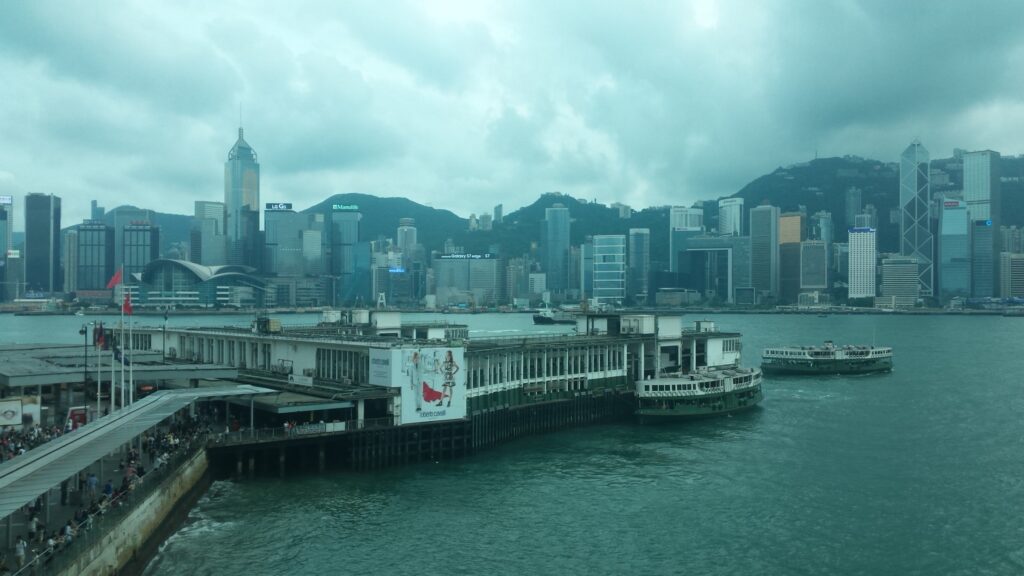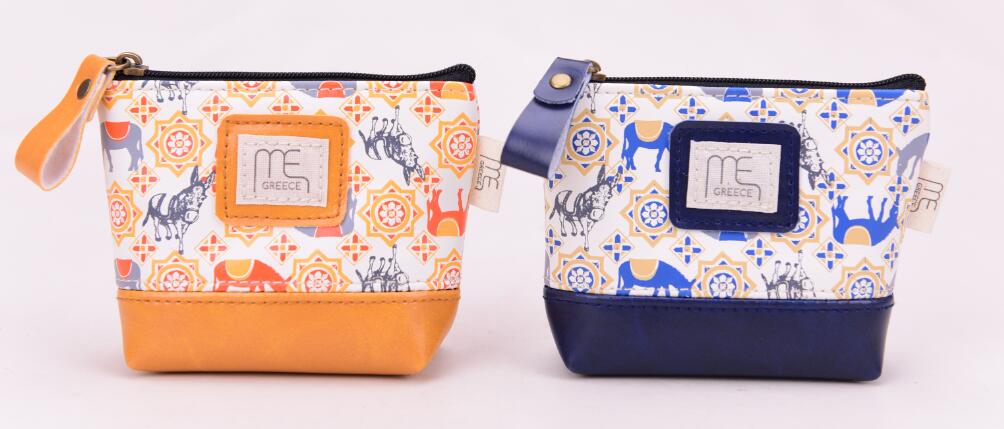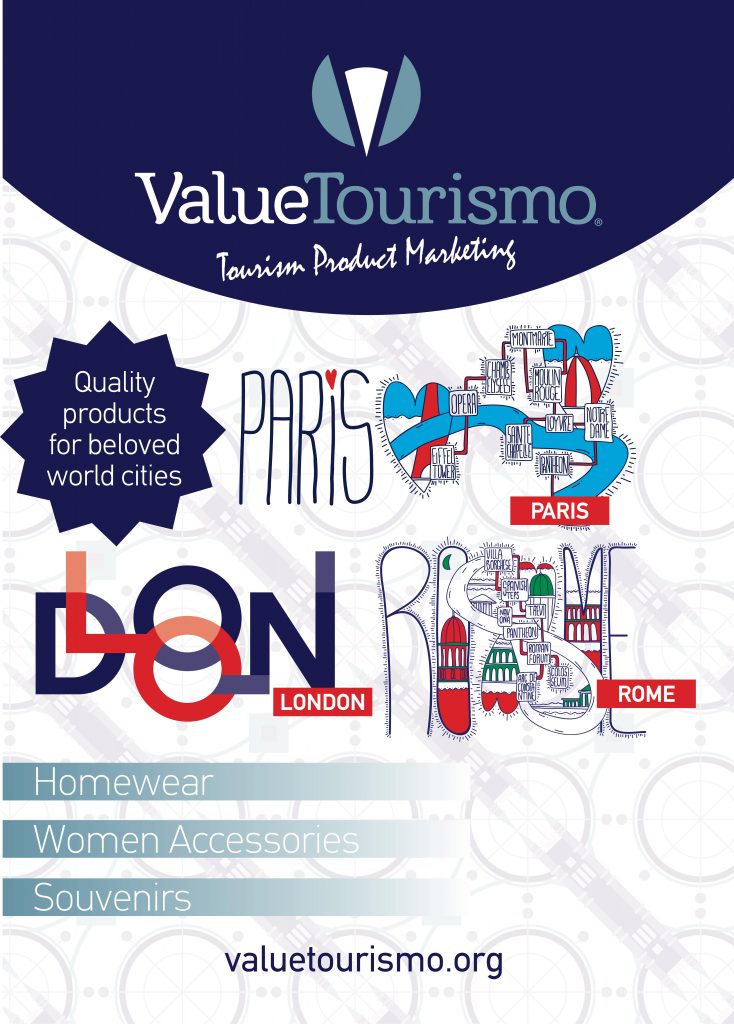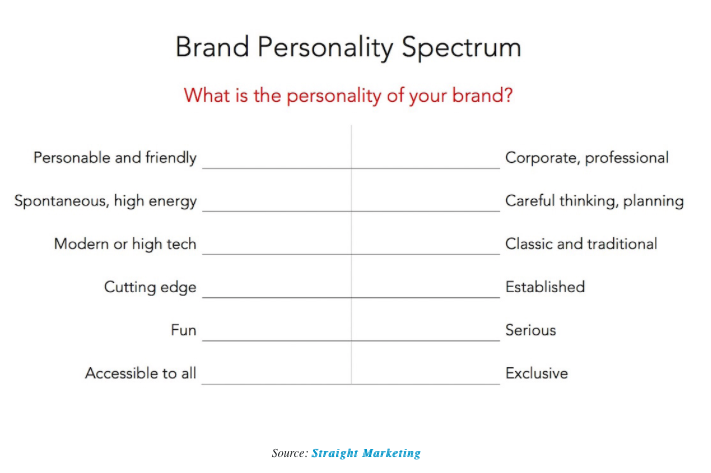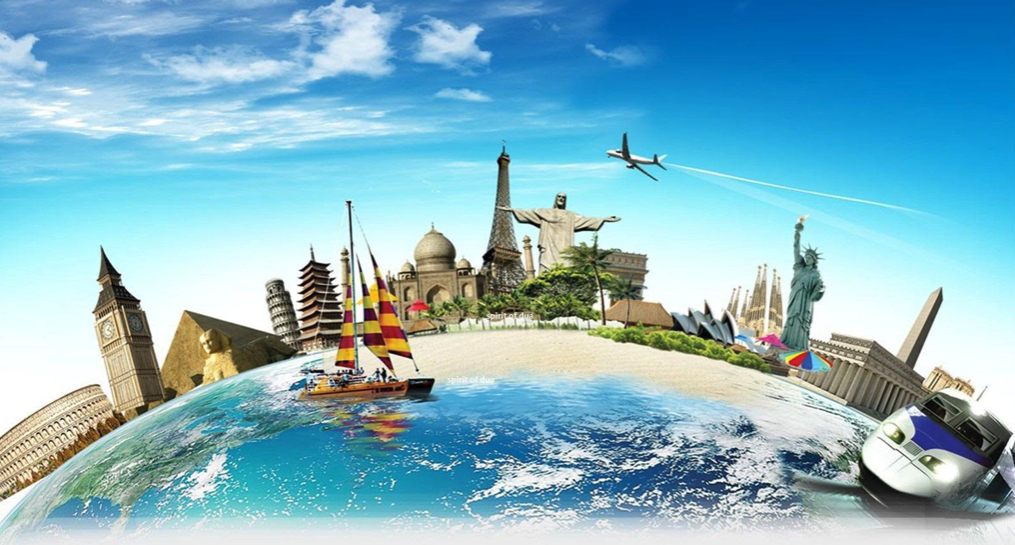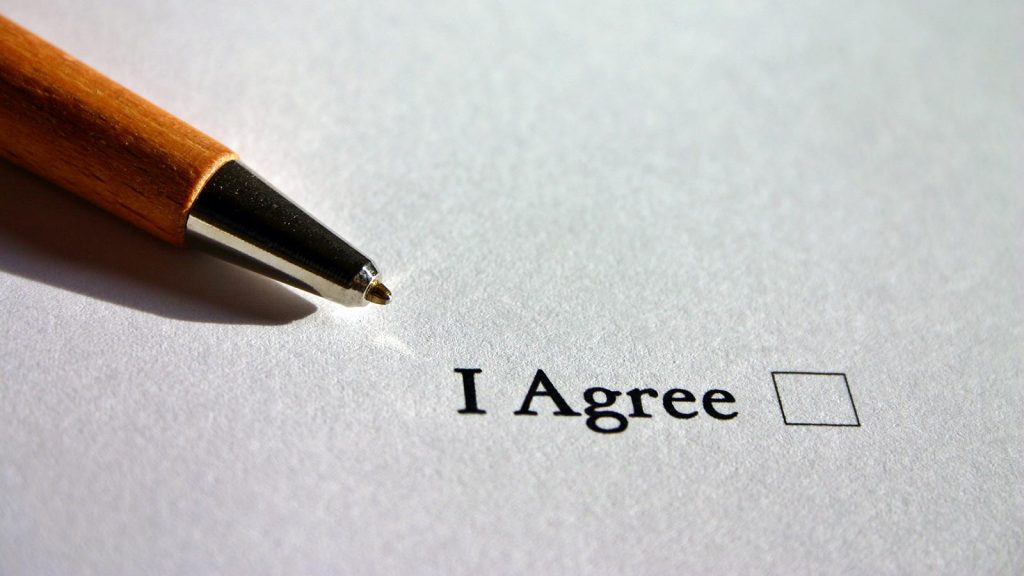Many small and medium-sized businesses and even some of the leading brands have understood the importance of sourcing products from China and Hong Kong over the last few years. For example, in 2019, about 28% of the global vehicle output had been manufactured in China. Other industries have also turned to China to look for reliable Original Equipment Manufacturers.
If done successfully, importing products from Chinese manufacturers can help you increase your profit margin, lower labor costs, and ensure uninterrupted supply throughout the year. Unfortunately, you can still see a lot of myths and misinformation flying around. Some say that you can’t find high-quality products made in China. The truth, however, is that sourcing from China can be your best option.
1. Expansive Supplier Base
One of the primary reasons why you should import from China is the expansive supplier base in the country. In fact, China boasts of one of the most diverse supplier bases in the world. From textile and apparel to electronics and consumer goods, you can find an extensive range of sourcing companies for making virtually any type of product.
China has different industrial clusters comprising a large number of firms and companies located in a well-defined geographical area. For example, the Yiwu region in Zhejiang province is perhaps the largest small commodities market in the world. So, you can find a reliable sourcing company for making any type of gift articles.
On the other hand, Tongxiang is the manufacturing hub for fabricated kitchenware and home utility products. If you are looking to outsource the OEM manufacturing for kitchen sink or metal tools, this geographical area is where you can find the right supplier.
Similarly, you can find supplier bases for cosmetics in Guangzhou, hardware in Yongkang, and digital and electronics products in Shenzhen. Each cluster comprises various subclusters consisting of different supporting companies.
These subclusters offer services like packaging, raw materials, transport, and quality control, among other things. In other words, you get a one-stop solution for all your OEM needs.
2. Lower Labor Cost
One of the most lauded answers to the commonly asked question “Why is it cheaper to make stuff in China?” is the lower labor cost. Labor cost is an important factor that determines the overall production cost in the manufacturing sector.
China is one of the most populous countries in the world, making it easier to find plenty of both skilled and unskilled labor locally. The abundance of local labor makes it possible for sourcing companies in China to set lower manufacturing costs.
Also, various government policies also allow manufacturers to ensure stellar work standards without having to increase labor costs. Most workers also have years of training or experience in their respective niches. So, as a buyer, you don’t have to invest time and money in training, especially if you are sourcing generic products.
Finding cheap, but skilled labor can also be taken care of by a product sourcing agent. In short, you don’t have to face any difficulties or invest time in looking for suitable labor.
3. Excellent Product Quality
It is a common misconception that Chinese products are not durable. They are often termed as use-and-throw-quality products. However, this is far from the truth. Several small and medium businesses have already found suppliers offering high-quality products made in China.
In fact, most suppliers have years of hands-on manufacturing experience and hence, know the manufacturing process inside out. They also know the best and the cheapest sources to acquire good-quality raw material and may already have the equipment required to maintain a stellar quality standard.
Many leading manufacturers are also willing to invest in suitable equipment and technology. Furthermore, you can rope in a third-party quality control company to ensure the product confers to your quality standards and technical specifications.
Most reputed and experienced manufacturers are aware of this. So, they are more than willing to submit to product quality inspections at various stages of the manufacturing process.
4. Better Scaling Capabilities
As mentioned, the infrastructure in China is well established and robust. Most Chinese manufacturers also have years of experience and in-depth knowledge of global supply chain management. Both these factors allow them to scale-up manufacturing as and when required.
For example, you can increase your sourcing products from a few thousand to more than a million in just a few days or weeks at the most. Of course, the time for scaling up will depend on the type of your product and the availability of raw materials, among other things.
Furthermore, most manufacturers’ policies do not require buyers to invest heavily in Minimum Order Quantity (MOQ). You have to pay considerably lower costs for MOQ, allowing startups and small businesses to start sourcing products in small quantities.
You can, however, scale up as your business grows. If you are a new company looking to establish your brand, there is no better alternative than taking advantage of manufacturing in China.
5. Sourcing
You can easily connect with a reputable supplier or their representative agents in international trade fairs through online marketplaces, by directly visiting various traders’ markets in China, or with the help of an experienced sourcing agent. Make sure to hire a reliable and experienced manager.
Conclusion
In an extremely competitive global market, businesses have to focus on increasing their profit margin without compromising product quality or raising production costs. That’s why a large number of companies across the globe prefer sourcing products from China and Hong Kong.

